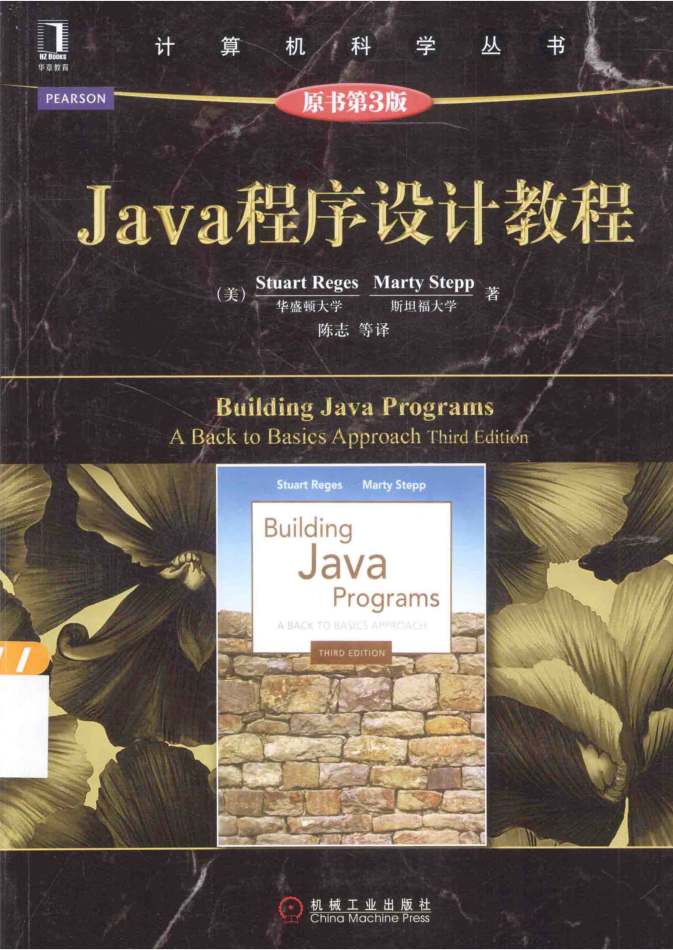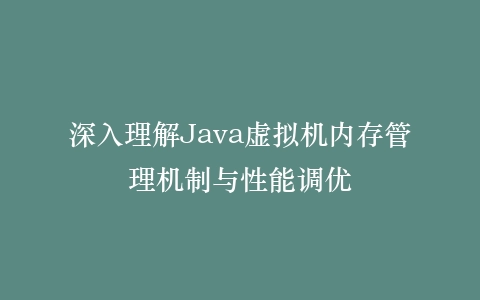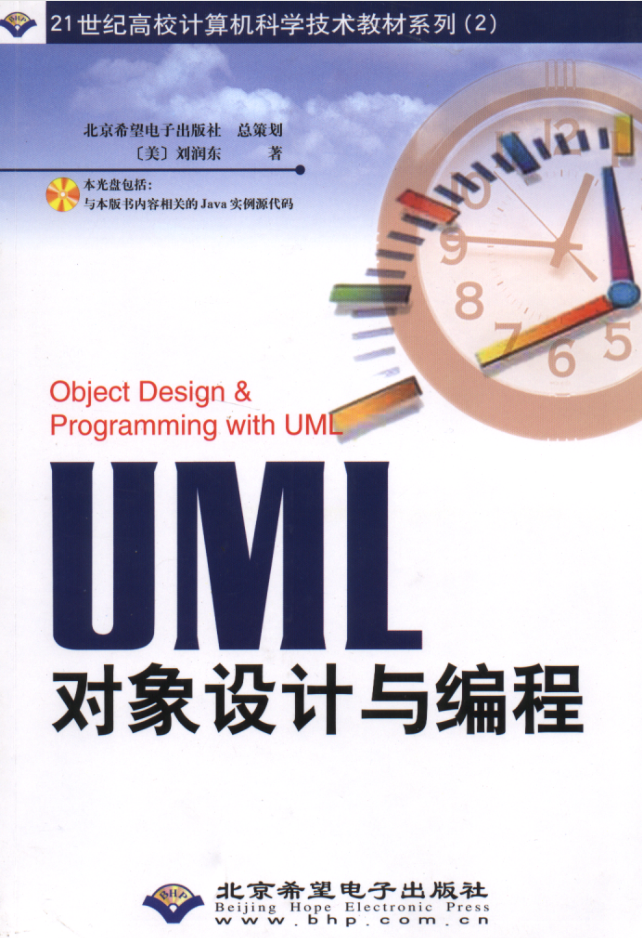
设计模式在大型项目中的实际应用案例:从理论到实战的完整指南
作为一名在大型电商平台工作多年的架构师,我经常被问到:“设计模式真的有用吗?在实际项目中该怎么用?”今天我就通过几个真实的项目案例,分享设计模式如何帮助我们解决复杂业务问题,以及在实际应用中需要注意的坑。
1. 工厂模式在支付系统中的应用
在我们的电商平台中,需要对接微信支付、支付宝、银联等多种支付渠道。最初我们使用大量的if-else来判断支付类型,代码维护起来简直就是噩梦。
通过引入工厂模式,我们成功解决了这个问题:
// 支付接口
public interface Payment {
PayResult pay(Order order);
RefundResult refund(Order order);
}
// 具体支付实现
public class WechatPayment implements Payment {
// 实现微信支付逻辑
}
public class Alipayment implements Payment {
// 实现支付宝支付逻辑
}
// 支付工厂
public class PaymentFactory {
public static Payment createPayment(PaymentType type) {
switch(type) {
case WECHAT:
return new WechatPayment();
case ALIPAY:
return new Alipayment();
default:
throw new IllegalArgumentException("不支持的支付类型");
}
}
}
踩坑提示:工厂类中的switch-case随着支付渠道增加会变得臃肿,我们后来改用了Spring的BeanFactory来动态获取支付实现,大大提高了扩展性。
2. 观察者模式在订单状态变更中的应用
订单状态变化时需要触发多个动作:发送短信、更新库存、记录日志、推送消息等。如果把这些逻辑都写在订单服务里,耦合度太高了。
// 订单状态变更事件
public class OrderStatusChangeEvent {
private Order order;
private OrderStatus oldStatus;
private OrderStatus newStatus;
}
// 事件监听器接口
public interface OrderEventListener {
void onOrderStatusChange(OrderStatusChangeEvent event);
}
// 具体监听器实现
@Component
public class SmsNotificationListener implements OrderEventListener {
@Override
public void onOrderStatusChange(OrderStatusChangeEvent event) {
// 发送短信通知
}
}
@Component
public class InventoryUpdateListener implements OrderEventListener {
@Override
public void onOrderStatusChange(OrderStatusChangeEvent event) {
// 更新库存
}
}
// 事件发布器
@Service
public class OrderEventPublisher {
@Autowired
private List listeners;
public void publishOrderStatusChange(OrderStatusChangeEvent event) {
for (OrderEventListener listener : listeners) {
try {
listener.onOrderStatusChange(event);
} catch (Exception e) {
// 单个监听器异常不影响其他监听器
log.error("监听器执行失败", e);
}
}
}
}
实战经验:使用观察者模式后,新增业务逻辑只需要添加新的监听器即可,订单核心代码保持简洁。但要注意监听器的执行顺序和异常处理。
3. 策略模式在促销活动中的应用
电商平台的促销活动多种多样:满减、折扣、买一赠一、组合优惠等。每种促销都有自己的计算规则。
// 促销策略接口
public interface PromotionStrategy {
PromotionResult calculate(PromotionContext context);
}
// 具体策略实现
@Component
public class FullReductionStrategy implements PromotionStrategy {
@Override
public PromotionResult calculate(PromotionContext context) {
// 满减计算逻辑
}
}
@Component
public class DiscountStrategy implements PromotionStrategy {
@Override
public PromotionResult calculate(PromotionContext context) {
// 折扣计算逻辑
}
}
// 策略上下文
@Service
public class PromotionContext {
@Autowired
private Map strategyMap;
public PromotionResult execute(String strategyType, PromotionContext context) {
PromotionStrategy strategy = strategyMap.get(strategyType);
if (strategy == null) {
throw new IllegalArgumentException("不支持的促销类型");
}
return strategy.calculate(context);
}
}
重要提醒:策略模式让促销逻辑清晰分离,但要注意策略的注册和管理。我们使用Spring的@Qualifier注解来精确注入特定策略。
4. 单例模式在配置管理中的应用
系统配置需要在全局范围内共享且只初始化一次,单例模式是最佳选择。
@Component
public class SystemConfig {
private static volatile SystemConfig instance;
private Properties configs;
private SystemConfig() {
// 加载配置文件
loadConfig();
}
public static SystemConfig getInstance() {
if (instance == null) {
synchronized (SystemConfig.class) {
if (instance == null) {
instance = new SystemConfig();
}
}
}
return instance;
}
public String getConfig(String key) {
return configs.getProperty(key);
}
}
踩坑经验:在Spring环境中,通常直接使用@Configuration和@Bean来管理单例,双重检查锁定的方式在现代Java中已经很少使用。
总结与建议
经过多个大型项目的实践,我总结出几点经验:
- 不要为了使用设计模式而使用,要根据实际业务场景选择
- 在框架盛行的今天,很多设计模式已经被框架内置实现
- 关注模式的思想,而不是具体实现方式
- 保持代码的简洁性和可读性永远是第一位的
设计模式就像工具箱里的工具,知道每个工具的用途很重要,但更重要的是知道在什么场景下使用什么工具。希望这些实战案例能帮助你在项目中更好地应用设计模式!
1. 本站所有资源来源于用户上传和网络,如有侵权请邮件联系站长!
2. 分享目的仅供大家学习和交流,您必须在下载后24小时内删除!
3. 不得使用于非法商业用途,不得违反国家法律。否则后果自负!
4. 本站提供的源码、模板、插件等等其他资源,都不包含技术服务请大家谅解!
5. 如有链接无法下载、失效或广告,请联系管理员处理!
6. 本站资源售价只是赞助,收取费用仅维持本站的日常运营所需!
源码库 » 设计模式在大型项目中的实际应用案例
2. 分享目的仅供大家学习和交流,您必须在下载后24小时内删除!
3. 不得使用于非法商业用途,不得违反国家法律。否则后果自负!
4. 本站提供的源码、模板、插件等等其他资源,都不包含技术服务请大家谅解!
5. 如有链接无法下载、失效或广告,请联系管理员处理!
6. 本站资源售价只是赞助,收取费用仅维持本站的日常运营所需!
源码库 » 设计模式在大型项目中的实际应用案例





